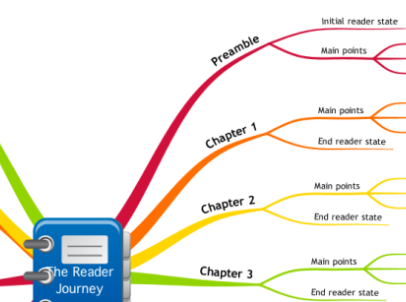Trust, steadiness, and uncertainty have been hallmarks of my life in the past month. But, then, uncertainty is always part of life.
The wolf is always just outside the door.
Sometimes we conveniently forget in our comfortable American lives that calamity can strike at any moment. Whether a pandemic or cancer, an economic depression or a terrible car accident, bad things happen.
Good things happen, too.
Whether good or bad, I’m resting on the rock of my faith, my faith in the salvation of Jesus Christ. How about you?

God’s got this.
With my circumstances, I’ve always had quite a few responsibilities and issues that pull me away from writing. God has resolved two of the rocks and hard places in my life, for which I’m immeasurably grateful.
With a husband who works from home, with me home writing, homeschooling, and preparing to go back to work full-time remotely, our COVID impacts so far have not been extensive. But, surprisingly, for this introvert, I’m getting cabin fever.
Writing status?
I’m actually making progress — on the novel, on writing-as-a-business, and my writing ability. I still have a long way to go on honing my writing skills, but I can recognize that I’ve “leveled up” in my writing.
I’m drafting Salvage‘s final scenes. As I write the scenes I’ve planned, more aspects of the story come to light, and more is added to my when-I-revise list.
In this section our protagonist is (mostly) out of the action, so my secondary protagonist, Emmett, is full-front in the story. It’s through him the secondary plot thread of ship dangers is revealed. As his character will not be in the next two books of the series, and his part in book #1 isn’t predominant, I need to keep him a little more shallow than Kaylah.
It’s tricky enough to handle two protagonists, but I needed both. And there are good resources out there, like this one from Jerry Jenkins about Left Behind.
Uncertainty to Certainty
I’m not branching out to writing blogs or copywriting, although I toyed with the idea for awhile. I’m focusing on my novel and on refreshing my software skills to land that full-time remote job.









